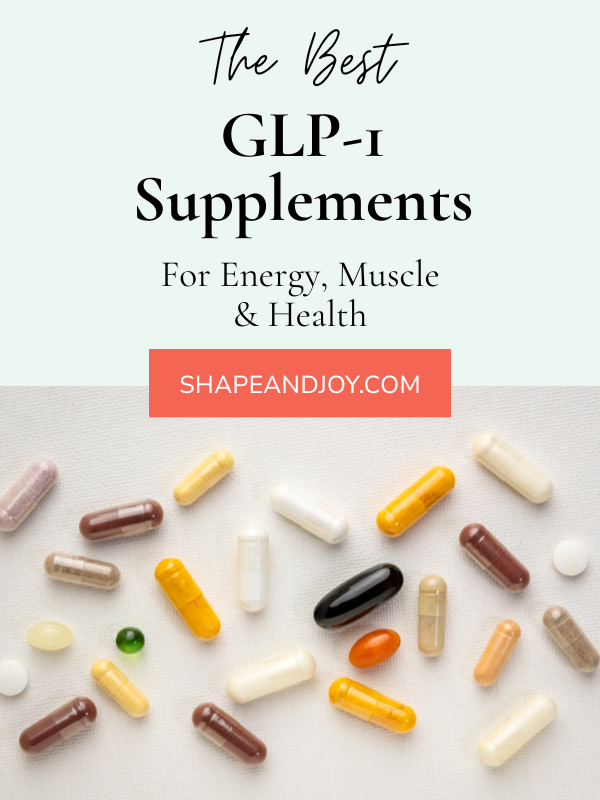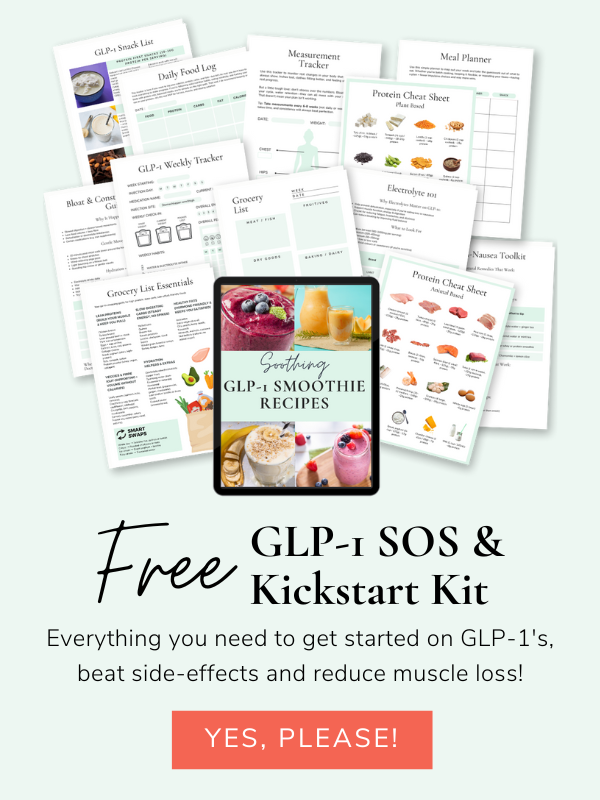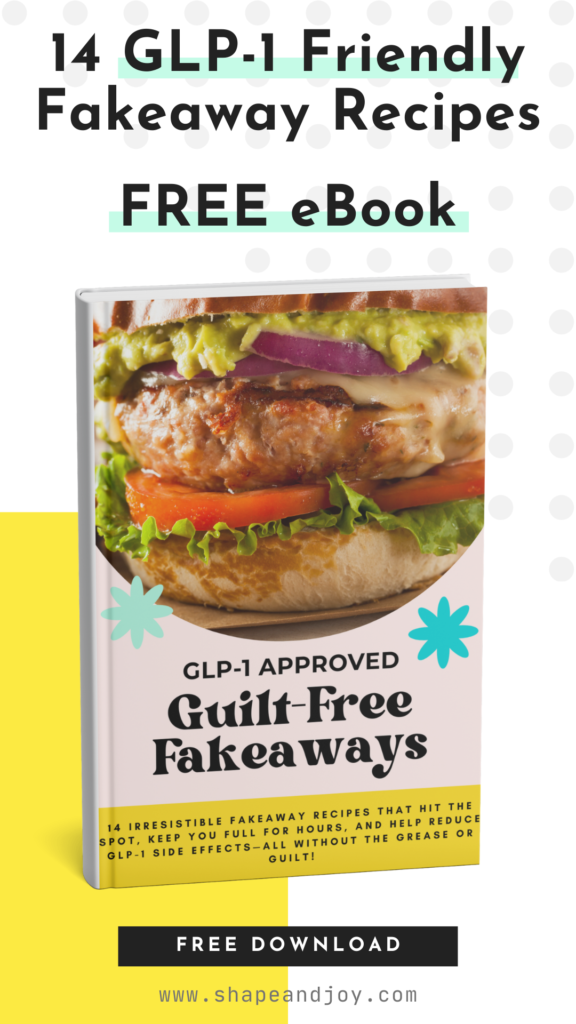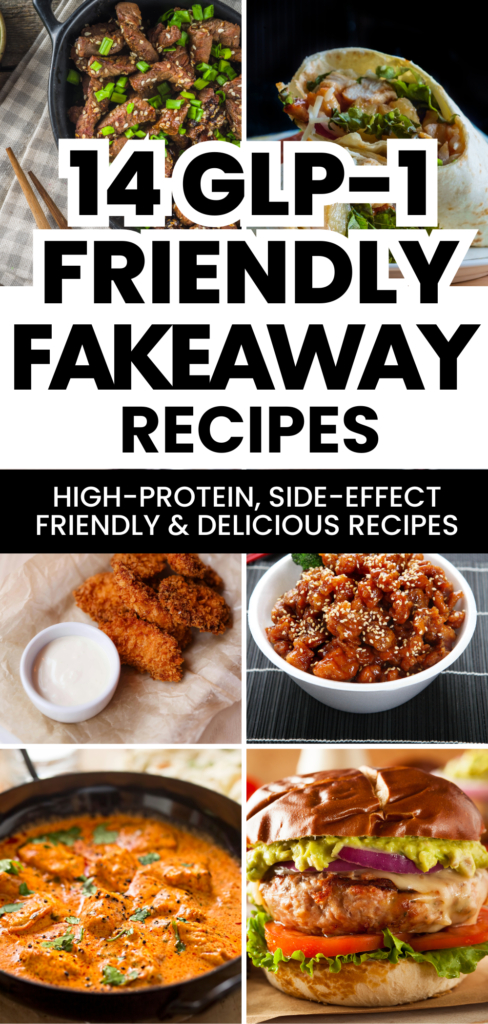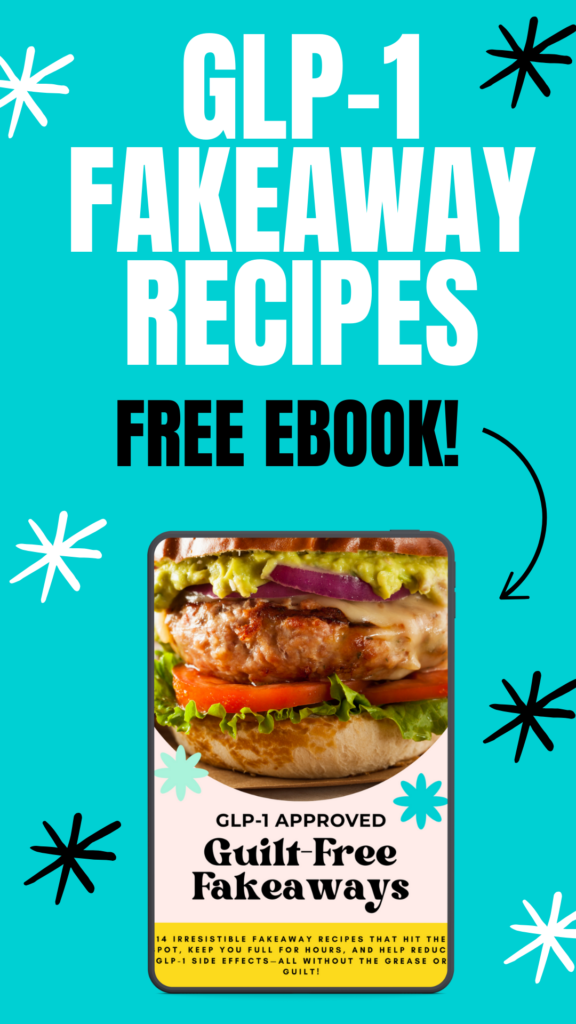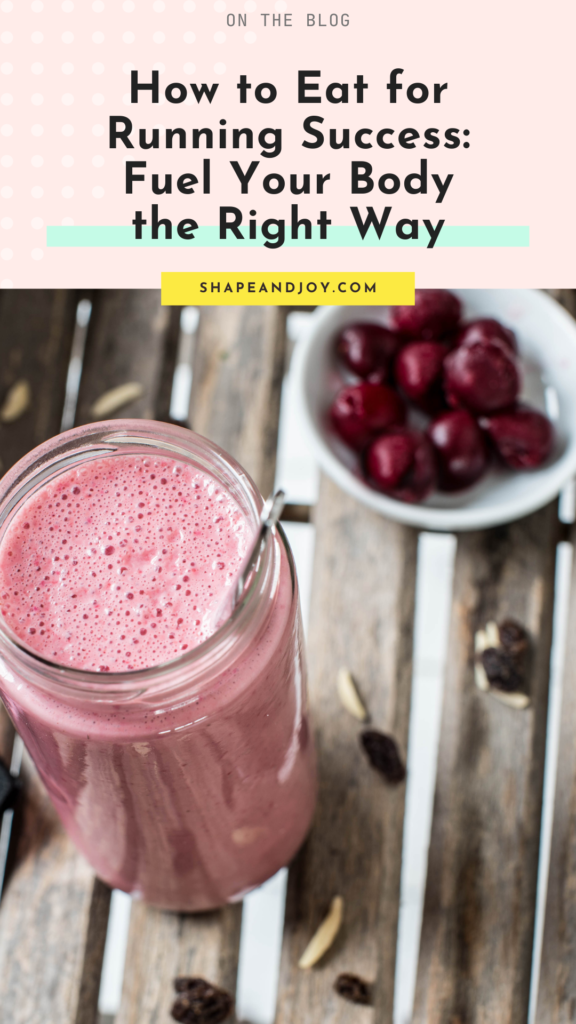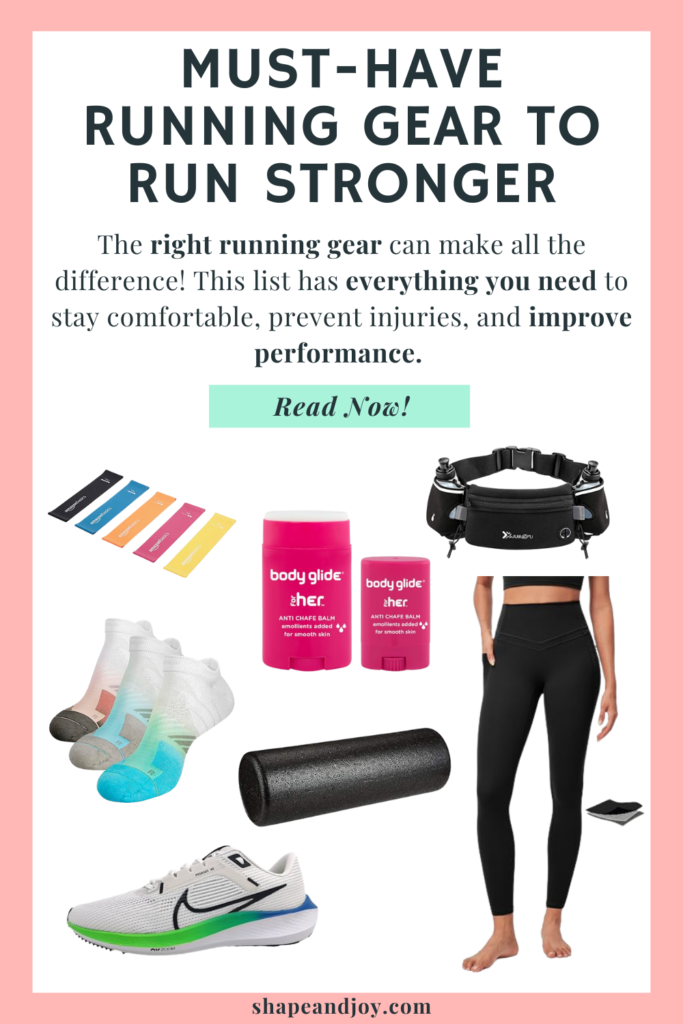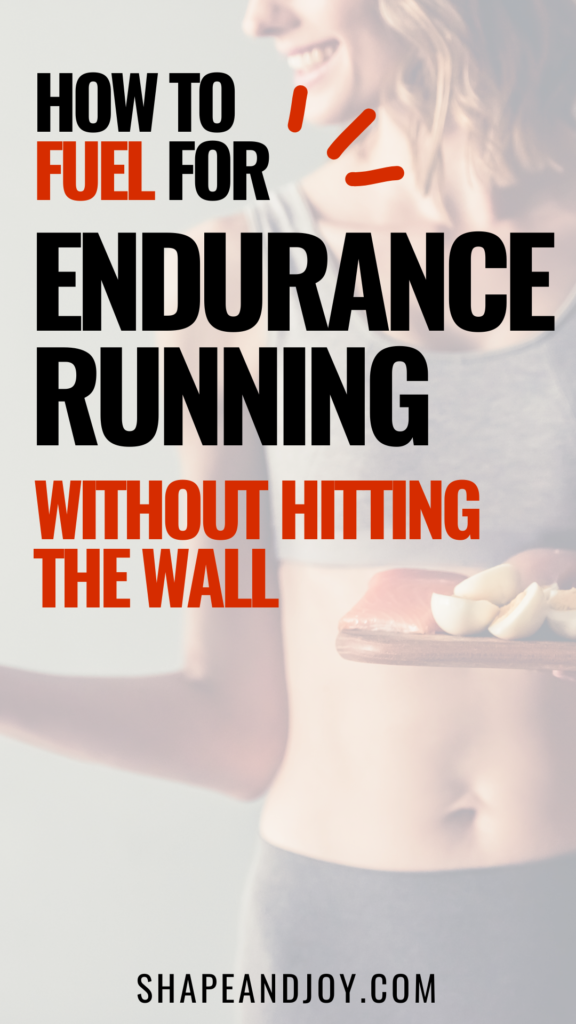GLP-1 Low Appetite Hacks: What to Eat When Nothing Sounds Good

Can’t eat? Can’t even think about food? You’re not alone — and no, you’re not being dramatic. Whether you’re on Mounjaro, Zepbound, or Wegovy, that “meh” feeling around food is very real. Appetite? Gone. Cravings? Silenced. You’re staring at a fridge full of options and thinking, “Honestly, I’d rather nap.”
But here’s the deal: your body still needs fuel. You didn’t come this far to fall apart because you skipped a few bites. You need protein. You need energy. And you need some low-effort, nausea-friendly wins.
This post is your no-hunger, no-excuses game plan. Packed with quick GLP-1 low appetite Hacks and snack ideas that work even when nothing sounds good — because we don’t quit around here. We adapt, we snack smart, and we keep smashing it.
10 Low Appetite Hacks That Work (Fast)
Let’s make this simple. These little tricks are here to help you eat without overthinking, especially on days where even a baby bite feels like a big deal.
1. Sip your protein
When chewing feels like too much effort, drink your nutrients. Think protein milk, smoothies, broths with added collagen — easy, light, and surprisingly satisfying.
2. Stick to soft textures
Hard, crunchy food? Absolutely not. Go for things like yoghurt, scrambled eggs, cottage cheese — basically, anything that requires zero effort to get down.
3. Go for cold or room temp food
Hot food can sometimes crank up nausea. Cold scrambled eggs? Weirdly wonderful. Protein pudding straight from the fridge? Yes please.
Don’t want to cook every day? Try this easy GLP-1 meal prep plan.
4. Keep snacks around 100 calories
Big portions can feel overwhelming. So don’t do it. Aim for bite-sized boosts that feel manageable but still pack in 10g+ of protein.
📌 Pin this for later! ⬇

5. Microdose your meals
Think of food like a prescription — small doses, taken regularly. A few bites here, a few more there. It adds up, promise.
6. Add unflavoured collagen to drinks
Sneaky hack: pop a scoop into your tea, coffee, or even juice. It’s tasteless but gives you a protein bump with zero effort. You little genius.
7. Always keep 3 “emergency snacks” on hand
Something you can eat when you can’t deal with decision fatigue. Keep them visible. Keep them easy. Your future self will thank you.
8. Use a visual reminder to eat
Set a phone timer. Stick a cheeky note on the fridge. Use that app. Don’t wait for hunger — it’s probably not coming.
Shopping feels overwhelming? This grocery list keeps it simple.
9. Try savoury before sweet
Sweet things can feel too much when you’re queasy. Try cheese, eggs, or broth first. If you’re up for a protein bar after, great — but start salty.
10. Don’t wait for hunger — eat on a routine
Treat it like brushing your teeth. It’s not about being hungry, it’s about being consistent. And you’re building habits that last.
7 Snack Ideas for When You Feel Like Eating Absolutely Nothing
You need food that’s easy, protein-packed, and doesn’t trigger that ugh feeling. Here are your go-tos:
- Greek yoghurt + protein powder – smooth, cool, and zero prep
- Protein milk or half a shake – sip slowly, no chewing required
- Babybel + turkey slice – soft, savoury, and oddly satisfying
- Edamame with sea salt – pop them like crisps (with actual benefits)
- Cottage cheese with pineapple – salty-sweet with protein punch
- Mashed avocado on a rice cake or cracker – creamy and easy
- Protein pudding pot – fridge-staple for a reason
Tip: aim for 10–15g protein per snack. Keep it light. Keep it simple. And for the love of all things fluffy, don’t skip just because you’re not starving.
Need more snack ideas that hit your protein goals? This list’s your best friend.
Your GLP-1 Game Plan Starts Here
Feeling a bit lost on your GLP-1 journey? Whether you’re just starting out or deep into your dose increases, the GLP-1 Success Blueprint is your practical, no-fluff guide to navigating weight loss meds like Mounjaro, Zepbound, or Wegovy with confidence.
This isn’t another generic ebook. It’s a full toolkit designed to help you feel strong, informed, and in control, without the overwhelm.

Inside, you’ll get:
- GLP-1 Meds 101: Understand how they work, what to expect, and how each med compares (minus the jargon)
- Nutrition Guidance: Learn how to eat for fat loss and muscle retention, even when your appetite is low
- Workout Support: Discover the best ways to move your body without burning out
- 6-Week Action Plan: Simple daily steps and healthy habit examples to follow at your pace
- Mindset & Motivation Tips: Stay consistent even when your drive dips
- Red Flag Checklist: Know what’s normal, what’s not, and when to seek support
- Bonus: Myths & FAQs – Bust the most common GLP-1 myths and get real answers
Digital download only – use it on your phone, tablet, or print it out to keep by your side.
Ready to ditch the guesswork and actually feel good on your meds?
Keep It Simple, Keep It Consistent
Let’s be real — you won’t love every bite. You might still feel a bit queasy. But fueling your body is part of the transformation, even if it doesn’t feel glamorous.
You don’t need to eat a full roast dinner. You just need to stay consistent. And if that means drinking half a protein shake while lying horizontal on the sofa? So be it. You’re still showing up. You’re still smashing it.
Next Steps:
Need gentle, no-fuss food ideas when nausea kicks in?
- Grab my free GLP-1 7-Day Meal Plan to help you get started on the right foot!
- Read: Eating With Nausea on GLP-1s: Smart Hacks That Actually Help to learn exactly what works (and what to avoid) on the queasiest days.
- Or dive into the Side Effects & Troubleshooting – Solutions That Work to make your journey easier.
Your body is working hard. These little low appetite hacks help it work smarter.
📌 Pin this for later! ⬇























